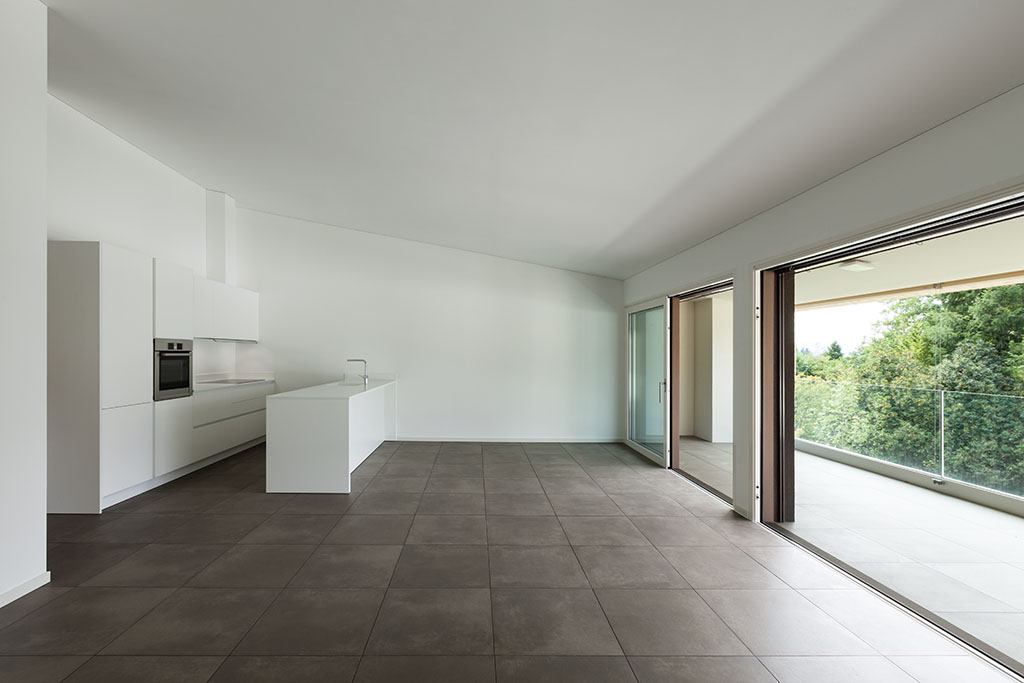Is There a Difference Between Wall and Floor Tiles?
At our tile showroom in Lingfield, a question we’re often asked is whether there is any significant difference between wall tiles and floor tiles. The short answer is that, while floor tiles can be used on walls, the reverse is rarely the case! Here, we explain why, and what you need to be aware of when you make your selection from the countless array on offer in stores or online.

Why Wall Tiles and Floor Tiles Are Not Always Interchangeable
If you are on the look-out for great kitchen or bathroom tiles in Surrey or further afield, it’s tempting to think that a tile is just that: a tile, and both are suitable for any kind of surface. What’s important is the strength and durability of the tile when it’s made. And it’s that factor which determines whether a tile is suitable for use on a floor or a wall.
Bathroom and kitchen tiles on walls may well suffer a lot of exposure to damp atmospheres and splashes of all types of products used in those areas, but floor tiles have to withstand foot traffic as well. That can be particularly heavy in some much-used areas of the home, like the kitchen. So you’ll find that wall tiles are often thinner and much lighter than their floor counterparts. Floor tiles will also often feature a heavier duty glaze, so they can resist abrasions from footwear, and dirt and grime that may get trodden into the area. Tiles that are built to withstand constant footfall will additionally be made from a denser, tougher material.
To help sellers and buyers decide what kind of tile is suitable for what area in a building, many use the Porcelain Enamel Institute (‘PEI’) rating system. This ranks tiles on a scale between 0 and 5 and is a useful guide to how tough the tile will be.
How the PEI Rating System Works
Any tile that’s rated PEI 0 should only ever be used on a wall. It’s just not built to bear loads – by which we mean people! – because it has very little resistance to abrasion. Put these on the floor of any area, and they’ll be scuffed and chipped in no time.
PEI 1 tiles can tolerate light foot traffic only. Ideally, this restricts them to walls as well, although you may get away with putting them in low footfall areas, like your en suite bathroom or a bedroom. Even so, you should take off your shoes!
Next stage up, PEI 2 tiles can withstand moderate footfall. Use them in bathrooms and lighter use areas. PEI 3 rated tiles, however, are tougher still and are eminently suitable for busy spaces like a hall, kitchen or living area.
PEI 4 and PEI 5 tiles are usually what’s looked for beyond home use, with 4 rated tiles employed in offices, cafes or restaurants and 5 for extreme levels of footfall, like shopping precincts or station concourses.
Hopefully, that helped answer your question, but at Barge Tiles, we’re always pleased to advise, so if you have questions, just ask! Based in Lingfield, we also cover East Grinstead, Crawley and Tunbridge Wells, as well as Kent and Sussex beyond.
 Review Us!
Review Us!
